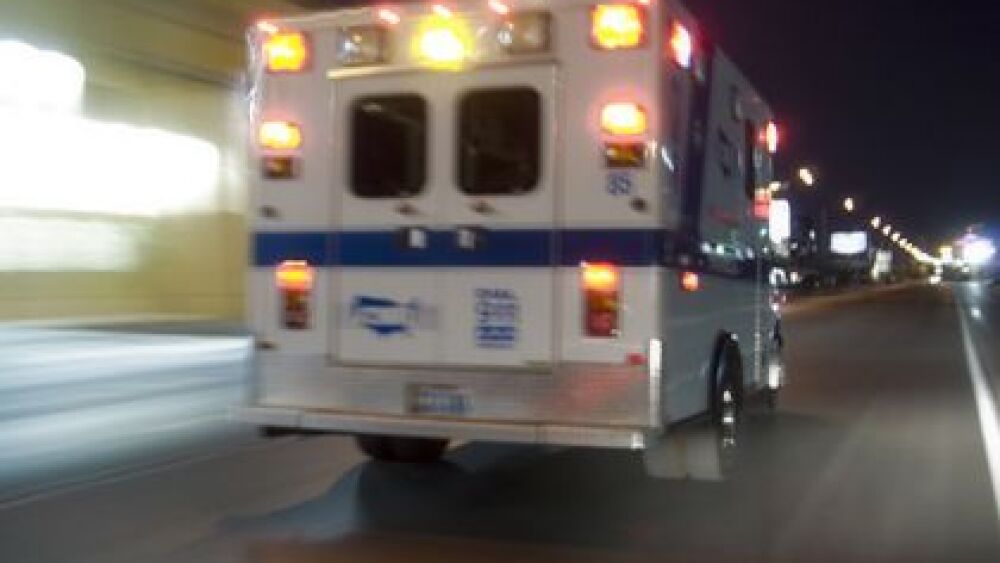WASHINGTON — In a newly released whitepaper, EMS physician, paramedic and Pennsylvania EMS Medical Director Douglas Kupas, MD, takes an evidence-based approach to examining the controversial issue of using lights and sirens in EMS response and transport. The report discusses the impact of emergency lights and sirens driving on response and transport time, safety, public perception and patient outcome.
Lights and Siren Use by Emergency Medical Services (EMS): Above All Do No Harm is one of the most thorough investigations of the topic ever published. Approaching lights and siren use as a medical therapy, Dr. Kupas lays out the evidence and then makes recommendations that can be implemented by states, regional authorities and local EMS agencies.
“For far too long in EMS we’ve let culture and tradition keep us from objectively looking at when lights and sirens should be used - and when using them puts our patients, our communities and ourselves at needless risk,” said Jon Krohmer, MD, Director of the NHTSA Office of EMS, which commissioned the report. “This data-driven approach to the issue is a must-read for every leader of an EMS agency, including safety officers and medical directors, and for every EMS provider who ever has to decide whether to use emergency lights and sirens during a call.”
Recommendations in the report include the establishment of performance measures and quality improvement programs for EMS agencies to ensure the proper use of emergency medical dispatch (EMD) protocols and to track the rates of lights and siren response and transport.


